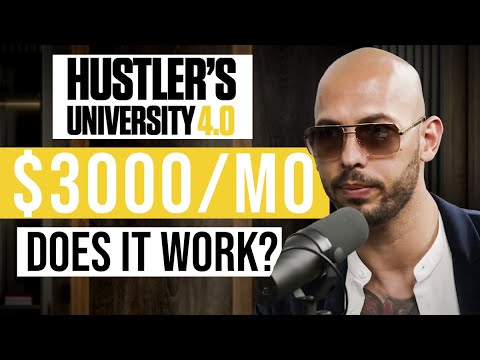You’ve maybe heard of the Pareto Principle, often called the 80/20 Rule. What it says is that roughly 80% of your results will come from around 20% of your efforts. So if you’re feeling lazy or want to maximise your results. it pays to pay attention to Pareto’s ideas. Especially in copywriting where I suspect the figure is nearer to 90/10, maybe even higher.
Headline or Title is (almost) everything
Copywriting doesn’t just apply to sales letters. It works exactly the same way with website pages, blog posts, forums posts, Tweets, absolutely anywhere that people judge your work by your title.
It’s the logical extension of judging a book by its cover and we all do it, most of the time.
If you’ve ever left your Twitter feed unattended – maybe because you went to sleep or some other reason – you’ll probably skim the most recent Tweets.
The same goes for your Facebook page or a forum you frequent or your email inbox.
If the headline or title doesn’t grab your attention in the split second that it has to do so, whatever it’s trying to tell you about may as well not exist.
Which is why you should spend a decent amount of time crafting your headlines and titles.
Wherever they may be.
But, even though they may account for anywhere between 80% and 95% of the final “reads” of the rest of your missive, fortunately that doesn’t mean you have to spend the vast majority of your time on them.
Remember the flip side to Pareto?
Most of your results come from a relatively small amount of effort.
Unless you’re creating copy for the next best selling product, it maybe takes just a few minutes to come up with a pretty decent headline or title for your latest post or whatever.
But you need to really focus on those precious minutes.
Your article or post or sales letter will likely be created at a much faster words per minute rate than your headline.
Because otherwise it would be overkill and you’d be spending countless hours for a few hundred words.
Which is worth doing occasionally but is typically the exception, not the rule.
The classic Rolls Royce advert used a headline that that said “At 60 miles an hour the loudest noise in this new Rolls Royce comes from the ticking of its electric clock.”
Those words are famous in the advertising world. And rightly so.
But they’re still the headline of the advert.
The rest of the copy is evocative (of course) but without those initial words wouldn’t have been read anywhere near as often.
Which brings us on to another point to make maximum use of the relatively small amount of time you’ll be spending on this ultra important part of whatever it is you’re writing.
Make claims and be specific
That headline used a very specific speed – 60 miles an hour. Nowadays, depending on the country it was being run in, the number would have been a miles per hour either side of that to avoid encouraging people to break any applicable speed limits.
The other claim is the electric clock ticking.
That actually creates intrigue because most electric clocks are silent.
So, again, it encourages you to read further and discover the details.
All of which means it’s well worth spending a bit of extra time coming up with a title or headline.
Because if they don’t grab people’s attention, it really doesn’t matter what else you’ve written because only you and a few close friends will ever get to read your words of wisdom.
So make sure you keep Pareto’s rule in mind when you write anything.



